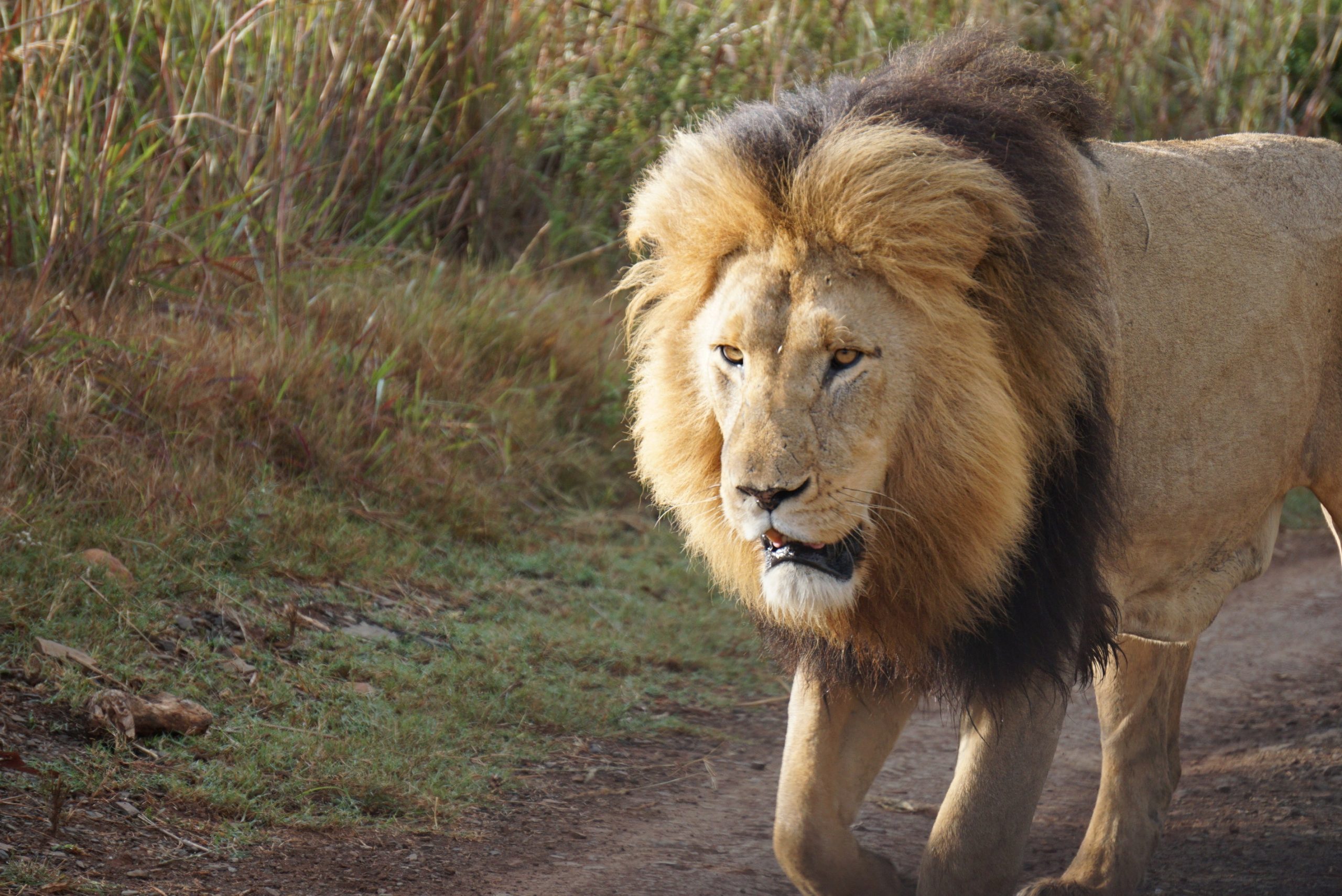
Autonomic Nervous System 1: Parasympathetic vs sympathetic
This is part one of a two-part series. Part one explores the function of the autonomic nervous system. Part two offers ways to restore balance to a stressed-out mind and body through yoga poses and movements. Click here to go straight to the yoga!
The Sympathetic Nervous System: Scenario One
It’s the middle of the night and you’re sleeping soundly, drooling into your pillow. Suddenly, the smoke alarm goes off. Your heart thumps in your chest. You take action, opening your eyes and jumping out of bed. This is potentially a life-threatening situation. Your primary concern is your own safety and that of any loved ones who are also in danger. Your sympathetic nervous system is responding to a perceived risk by enabling your body to take action.
So, there’s no time to digest the quiche you ate for dinner. There’s no time for a toilet stop. Your body is in a reactive state so those other bodily functions — necessary but not immediate — can wait until you are safe.

The Sympathetic Nervous System: Scenario Two
It’s the middle of the afternoon and you’re sitting at your computer, working on a presentation that is due tomorrow. Suddenly, your boss phones to tell you that the client will now be arriving at the office in one hour. The presentation needs to be completed before they arrive. Your heart thumps in your chest. You take action, preparing all the critical data and speeding up your performance. This is potentially a deal-breaker. Your primary concern is the completion of this presentation so that the proposal will be won and your job is secure. Your sympathetic nervous system is responding to a perceived risk by enabling your body to take action.
So, there’s no time to produce reproductive cells. There’s no time to fight off an infection. Your body is in a reactive state so those other bodily functions — necessary but not immediate — can wait until the presentation is finished.

Overwhelmed and reactive
These are two examples of when the Sympathetic Nervous System (SNS) is performing effectively. Your body’s non-immediate life functions are put on hold so that your body is able to react to an immediate threat.
In scenario one, blood rushes to your legs so that you can run out the door. Your senses are heightened to source danger and respond appropriately.
In scenario two, your cognitive and motor functions are boosted to perform the tasks needed to get the job done.
SNS is often referred to as a state of “fight-or-flight” or “fight, flight, freeze,” and a few other iterations. It describes your body’s response to a stressful or dangerous situation. If you were confronted by an angry lion, would your response be:
A) FIGHT — punch it in the nose.
B) FLIGHT — run away as fast as you can.
C) FREEZE — pause to evaluate the situation.
D) APPEASE — calm the lion down until he purrs like a kitten.
All of these are examples of the SNS in action.
So how does your brain differentiate between perceived risks — life-threatening dangers or life-annoying stresses? The problem is that, really, it doesn’t.
Although “fight-or-flight” mode can save your life by protecting yourself from danger, being in this state for a prolonged time can also potentially be life-threatening. Being “stuck” in this reactive mode can be recognised in symptoms such as: High blood pressure, rapid heartbeat, upset stomach, muscular aches, insomnia, low libido/performance, lack of focus, irritability, anxiety, and more.

Totally chilled out, dude
When the Parasynthetic Nervous System (PNS) is dominant, your body is able to perform the less-urgent functions that are necessary for the business of life. This includes digestion, salivation, defecation, reproduction, and so on. It lowers your heart rate and blood pressure, widens blood vessels, warms your skin, and sends more blood to your stomach and intestines to aid digestion. Your body is then able to conserve energy for when it’s most needed. It’s sometimes referred to as “rest and digest” or “feed and breed”.
Pretty mellow, right?

However, if your body continued to be driven by the PNS, then your heart rate and blood pressure would continue to drop until you were basically, well, dead.
The goal is to achieve homeostasis, where your body is in balance, with enough stimulation from the SNS and enough chill from the PNS.
Once the pressure’s off and you’re out of harm’s way — out of the burning house and the deal is done — the autonomic nervous system will ideally try to reach an equilibrium between the SNS and PNS.
In part 2 of this article, we will look at some techniques for bringing a stressed system out of the SNS “fight-or-flight” mode and into a parasympathetic state.

No Comments
Leave a reply
You must be logged in to post a comment.



